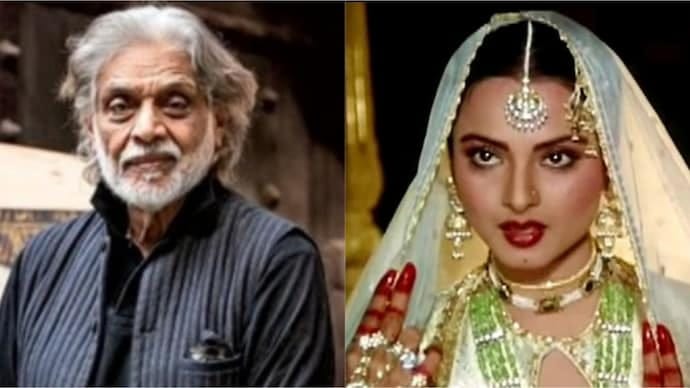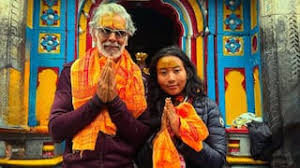 Image Source: India Today
Image Source: India Today
With the rerelease classic Umrao Jaan back in theaters on June 27, director Muzaffar Ali brought to light a lesserknown but extremely evocative aspect of the film—its employment of traditional fabrics as a language of storytelling. In a prererelease interview, Ali made it a point to stress that the visual soul of the film isn't in its poetry or its music but in the texture of its costumes—literally.
Important learnings from Ali's musings:
-
The costumes were not purchased from markets but borrowed from heirloom closets, antique trunks, and private collections, giving each shot a livedin feel.
-
Each of the characters' costumes was particularly selected to reflect the essence of 19thcentury Awadh, using organic material, natural hues, and handspun texture.
-
Ali referred to the fabrics as a silent language in the film—each thread filled with memory, emotion, and cultural heritage.
-
He bemoaned the passing of this close connection with clothing in the massproduced fashion of the present day against the backdrop of the past when clothes were made by hand, colored, and worn with pride.
-
The director views the rerelease as a cultural bridge—spanning generations through the haptic memory of fabric, tradition, and narrative.
Why it matters:
Ali's approach transforms costume design into the preservation of culture. In the age of digital gloss, the fabric language of Umrao Jaan offers an invaluable cinematic experience—where every fold of fabric talks history, and every stitch is a verse in the poetic meter of the film.
Sources: The Hans India, Indian Express, Times of India
Advertisement
STORIES YOU MAY LIKE
 Image Source: Pressfarm
Image Source: Pressfarm
 Image Source: Etemaad
Image Source: Etemaad
Advertisement


